15 TV Characters Famous for Being Hated
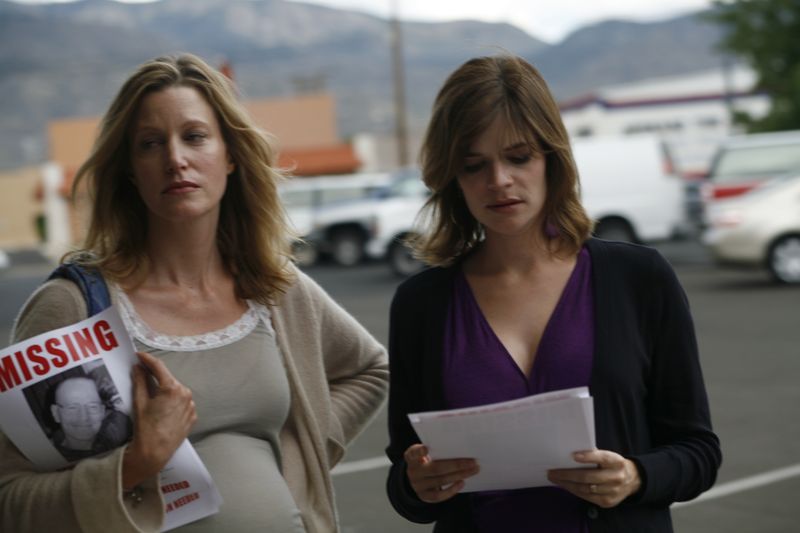
Television history has given us heroes we cheer for and villains we love to hate, but some characters fall into a special category all their own. These are the characters who sparked genuine viewer anger, becoming infamous for the negative reactions they generated. Whether they were intentionally crafted to be loathsome or simply rubbed audiences the wrong way, these 15 characters have earned their place in TV’s hall of infamy.
1. Joffrey Baratheon (Game of Thrones)
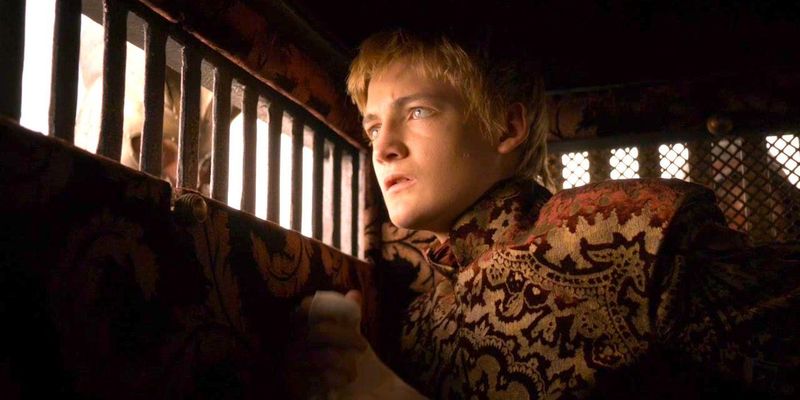
Sadism personified in a teenage king, Joffrey Baratheon represents perhaps the most universally despised character in modern television. His gleeful cruelty toward everyone from servant girls to his own fiancée made viewers count the days until his demise.
What made Joffrey particularly hateable wasn’t just his acts of violence, but his absolute cowardice when faced with any real threat. The character’s perfect storm of entitlement, sadism, and weakness struck a nerve with audiences worldwide.
Actor Jack Gleeson deserves immense credit—his portrayal was so convincing that many viewers struggled to separate him from the character, leading to his early retirement from acting after his character’s memorable (and celebrated) on-screen death.
2. Skyler White (Breaking Bad)
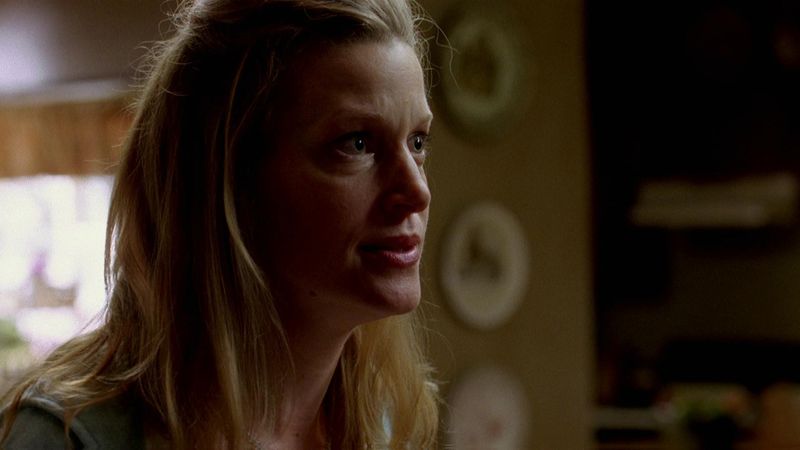
Few characters have divided audiences like Skyler White. As Walter’s increasingly suspicious wife, she faced the impossible situation of watching her husband transform into a dangerous criminal. Her resistance to Walt’s empire-building triggered unprecedented viewer backlash.
The hatred directed at Skyler revealed fascinating cultural biases. While she primarily acted to protect her family from Walt’s dangerous choices, many viewers saw her as the obstacle to the protagonist’s success rather than a reasonable person reacting to extraordinary circumstances.
Anna Gunn, who portrayed Skyler brilliantly, even wrote a New York Times op-ed addressing the character’s reception, noting how the vitriol crossed from fictional character to real-life harassment, highlighting complex gender dynamics in television viewership.
3. Ramsey Bolton (Game of Thrones)
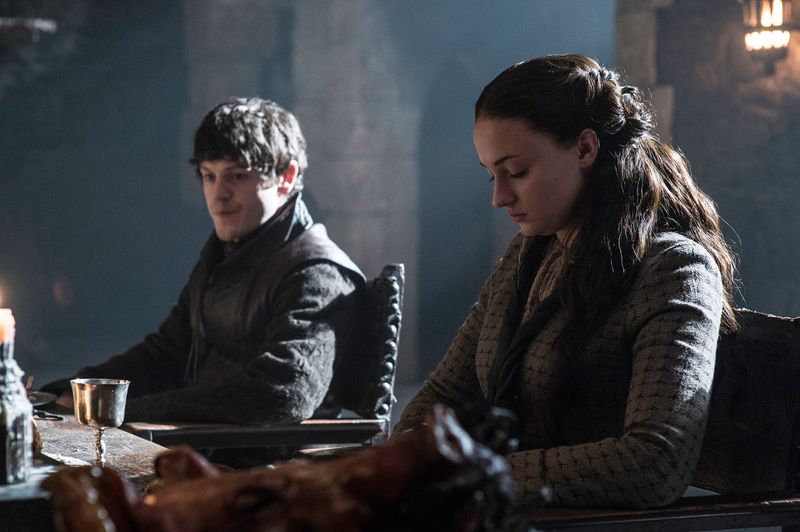
If viewers thought Joffrey set the bar for villainy, Ramsey Bolton vaulted over it with disturbing enthusiasm. His particular brand of calculated torture and psychological manipulation made him Game of Thrones’ most detested character—no small achievement in a show brimming with villains.
What distinguished Ramsey was his complete lack of redeeming qualities. Unlike other antagonists who had complex motivations or occasional moments of humanity, Ramsey was portrayed as a pure sadist who derived genuine pleasure from inflicting suffering.
Actor Iwan Rheon brought an unsettling charm to the role, creating a villain so effective that his eventual defeat became one of the show’s most cathartic moments. Ramsey’s death scene—being eaten by his own starved hounds—ranks among television’s most satisfying comeuppances.
4. Janice Soprano (The Sopranos)
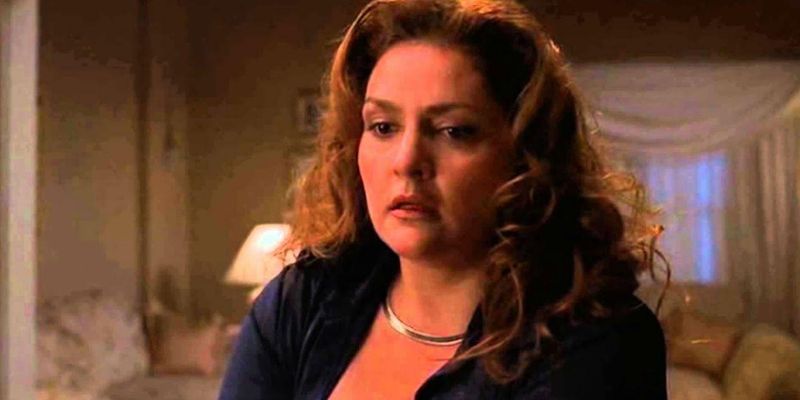
Tony Soprano’s older sister Janice breezed back into New Jersey after years away, immediately establishing herself as one of television’s most irritating characters. Her particular blend of self-righteousness, manipulation, and entitlement made her scenes both compelling and cringe-inducing.
Janice’s hypocrisy was her defining trait. She wrapped her selfish demands in spiritual language and New Age philosophy while demonstrating none of the compassion or wisdom she preached. Her relationship with her brother revealed both characters’ worst traits, creating fascinating but uncomfortable family dynamics.
Aida Turturro’s performance was masterful precisely because she made Janice so believably annoying. The character’s ability to push everyone’s buttons—characters and viewers alike—while maintaining a veneer of victimhood made her a standout in a show filled with morally complex figures.
5. Ross Geller (Friends)
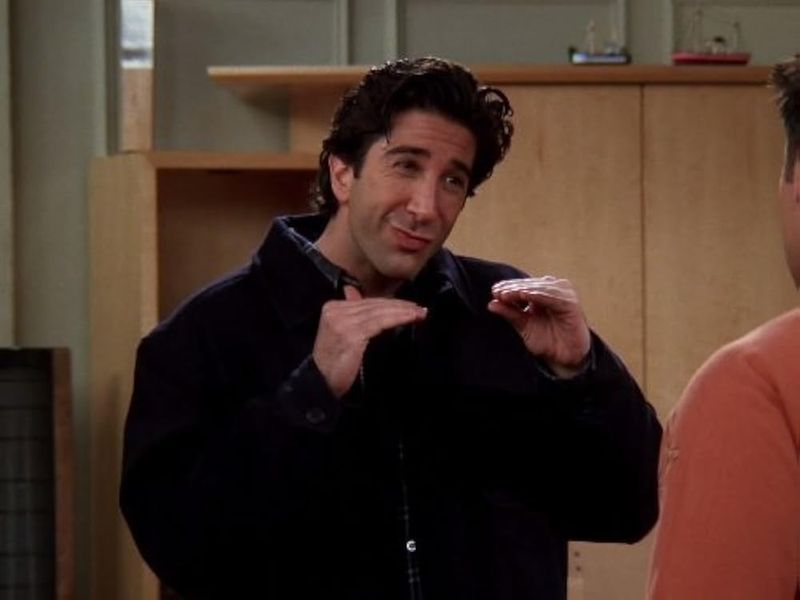
Though a central character in one of television’s most beloved sitcoms, paleontologist Ross Geller remains surprisingly divisive among Friends fans. His infamous “we were on a break” defense and tendency toward jealousy and self-pity turned many viewers against him despite his position as a supposed romantic lead.
Ross’s particular brand of neediness became increasingly grating over the show’s ten seasons. While occasionally endearing, his constant victimhood, academic condescension, and romantic obsessiveness have aged poorly in retrospect, making him the most frequently criticized Friend in modern discussions.
Ross remains the Friend most likely to be named when fans discuss which character they’d least want to hang out with in real life—an impressive achievement for a character meant to be sympathetic.
6. Kimmy Gibbler (Full House)
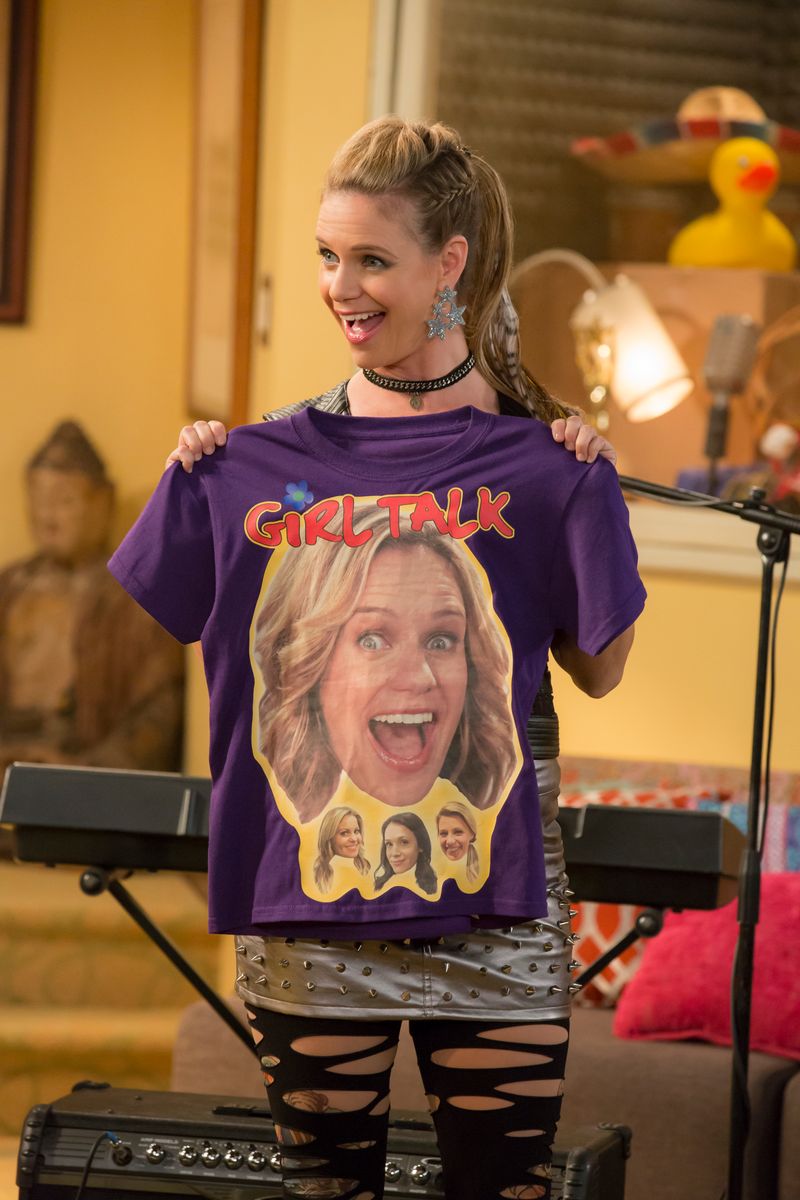
The Tanner family’s uninvited neighbor became the embodiment of the sitcom trope: the annoying friend who never leaves. With her loud outfits, louder personality, and apparent inability to read social cues, Kimmy Gibbler was designed to irritate both characters and viewers alike.
Her defining characteristics—smelly feet, inappropriate comments, and boundary issues—were played for laughs but often landed her on “most annoying character” lists throughout the show’s run. The writing rarely gave her depth beyond being D.J.’s loyal but exasperating best friend.
Andrea Barber’s committed performance somehow made the character endearing to many despite her irritating traits. Fuller House later attempted to redeem Kimmy by giving her more dimension, but for many viewers, the damage was done—Kimmy Gibbler remains shorthand for “that friend who doesn’t know when to leave.”
7. Ted Mosby (How I Met Your Mother)
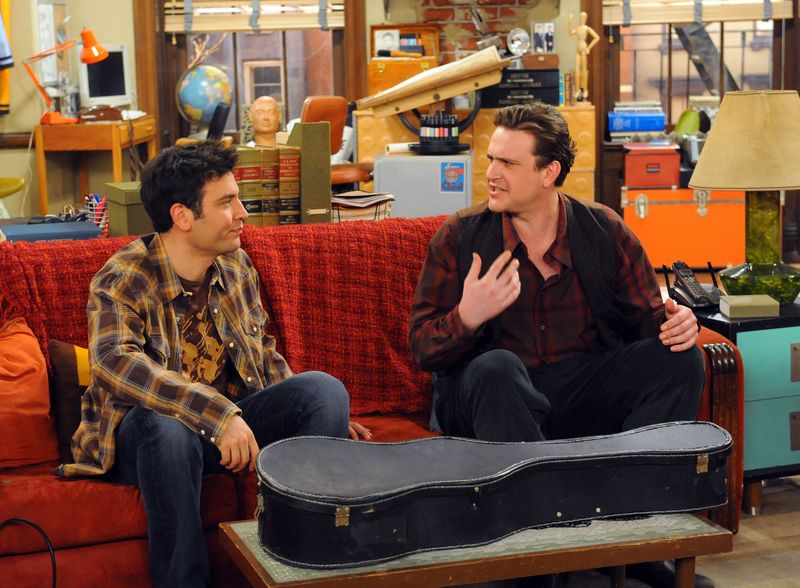
The protagonist and narrator of How I Met Your Mother gradually transformed from hopeless romantic to insufferable romantic over nine seasons. Ted’s journey to find “the one” became increasingly frustrating as his pickiness, pretentiousness, and self-absorption took center stage.
His character flaws—correcting people’s grammar, forcing his architectural opinions on others, and judging potential partners for minor imperfections—made many viewers wonder why anyone would want to date him at all. The show’s framing of Ted as the sympathetic hero clashed with his actual behavior, creating a disconnect that fueled viewer frustration.
Josh Radnor portrayed Ted’s evolution skillfully, but the character’s constant pining and self-created problems wore thin over time. The controversial series finale only intensified negative feelings toward Ted, cementing his place among TV’s most divisive protagonists.
8. Paige Jennings (The Americans)
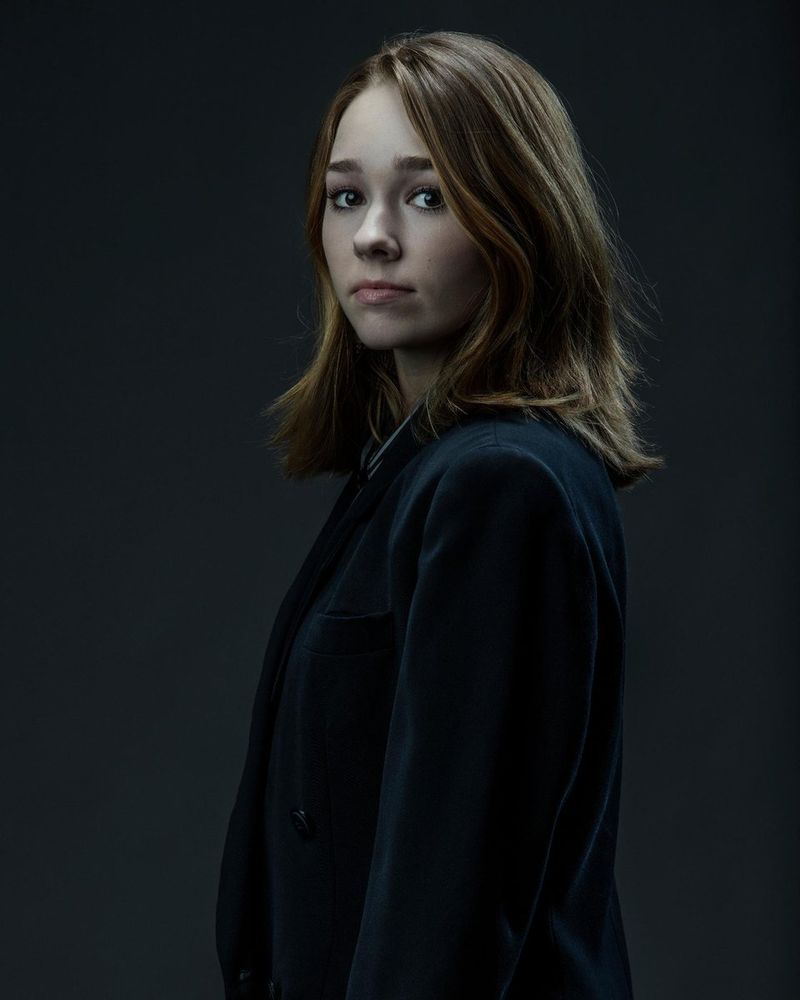
The teenage daughter of Soviet spies living in 1980s America, Paige Jennings became the character viewers loved to complain about. Her constant questioning and moral outrage—while entirely justified given her extraordinary circumstances—tested audience patience throughout the critically acclaimed series.
Paige occupied an impossible position: discovering her parents’ true identities while navigating normal teenage challenges. Yet her character often became the lightning rod for viewer frustration, with her scenes triggering groans from even dedicated fans of the show.
While Paige’s journey eventually became one of the show’s most compelling arcs, her early seasons established her as the character many viewers fast-forwarded through—unfair, perhaps, but revealing of how teenage characters are often received in adult dramas.
9. Dawson Leery (Dawson’s Creek)
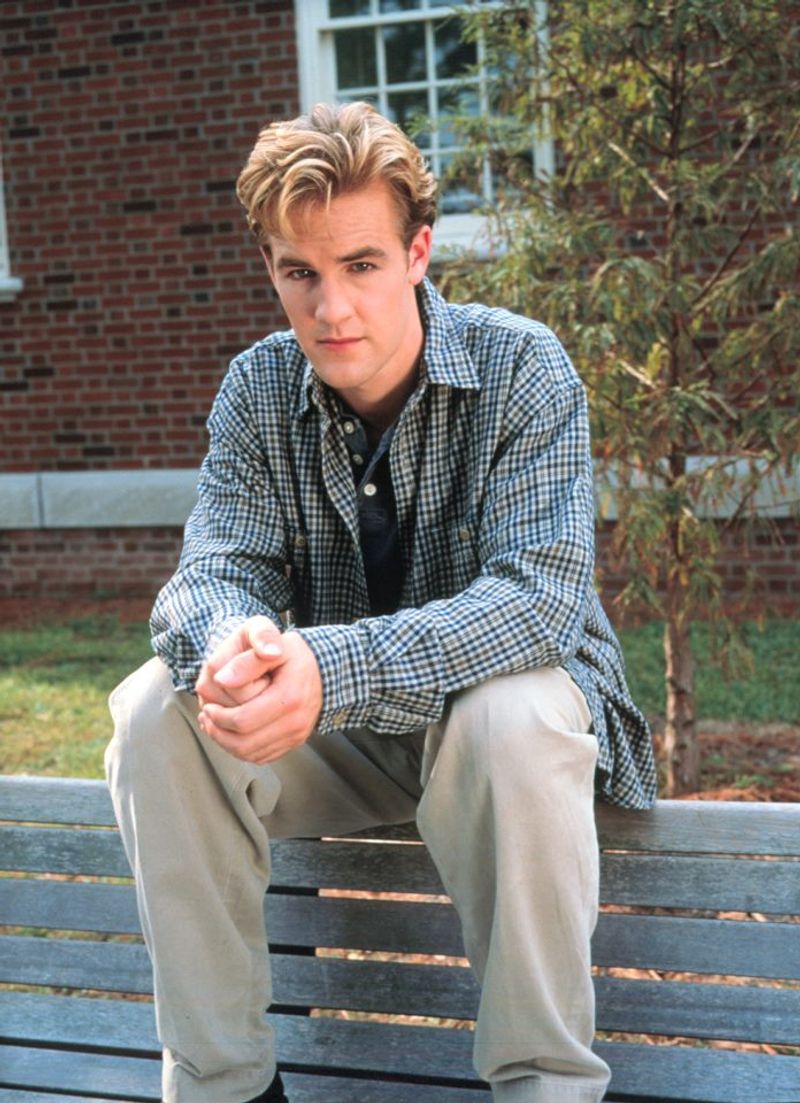
The title character of Dawson’s Creek somehow became the least likable person on his own show. His combination of film snobbery, self-importance, and emotional manipulation made viewers root against him despite his central role in the teen drama.
Dawson’s most grating quality was his sense of entitlement, particularly regarding his childhood friend Joey Potter. His tendency to make everyone else’s problems about himself—complete with dramatic monologues comparing real life to cinema—cemented his reputation as television’s whiniest protagonist.
James Van Der Beek’s infamous “crying face” became an early internet meme, symbolizing everything viewers found frustrating about the character. The irony of Dawson’s Creek is that most fans ended up supporting the Pacey-Joey relationship, effectively turning against the show’s namesake in favor of his more likable friend.
10. Lori Grimes (The Walking Dead)
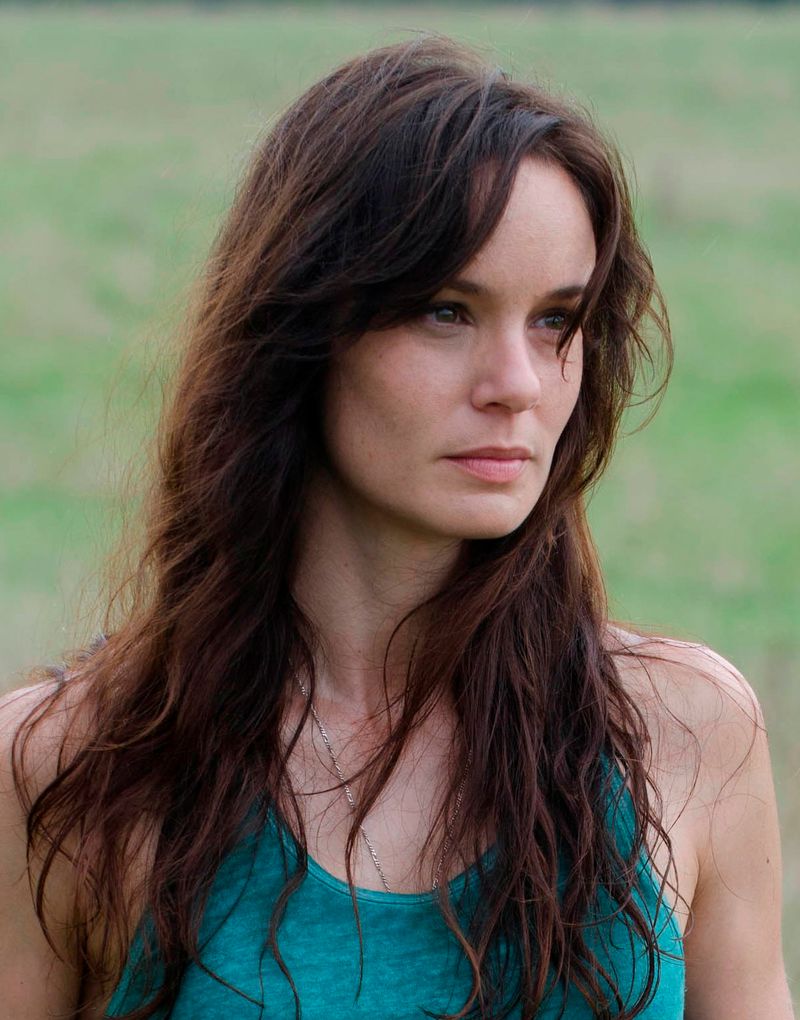
“Where’s Carl?” became the unintentional catchphrase for one of television’s most maligned characters. As Rick Grimes’ wife in a zombie apocalypse, Lori faced impossible situations, yet viewers consistently rated her among their least favorite survivors. Her perceived crimes ranged from her relationship with Shane to her seeming inability to supervise her son Carl.
The writing did Lori no favors, often placing her in situations designed to maximize audience frustration while giving her few opportunities to demonstrate competence or growth. Sarah Wayne Callies delivered a committed performance despite the character’s reception.
Lori’s death in childbirth during season three generated surprisingly mixed reactions from viewers—a testament to how thoroughly the character had alienated the audience despite being positioned as a sympathetic figure in the apocalyptic drama.
11. Maya Lewis / “Mama Pope” (Scandal)
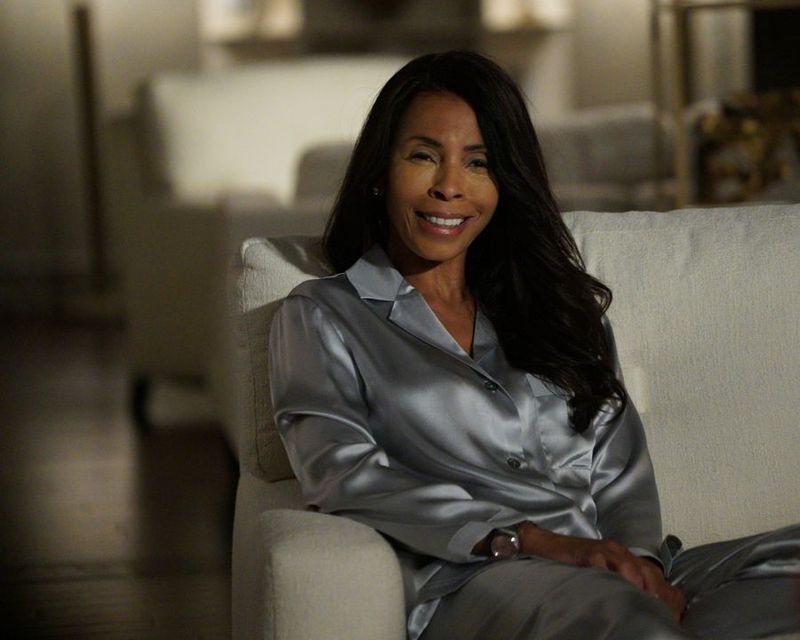
Olivia Pope’s mother emerged as one of television’s most manipulative villains, combining maternal guilt trips with literal terrorism. Her particular brand of emotional manipulation—using her daughter’s love while simultaneously threatening national security—made her uniquely detestable. What set Maya apart from standard TV villains was her believability.
Her motivations remained consistent even as her methods grew increasingly destructive. She weaponized maternal love in ways that horrified viewers while maintaining an unsettling charisma. Khandi Alexander’s electric performance created a villain who commanded attention in every scene.
Her ability to switch from loving mother to cold-blooded operative in an instant made Maya unpredictable and genuinely frightening—a character viewers simultaneously couldn’t stand and couldn’t look away from throughout her arc on Scandal.
12. Andrea Harrison (The Walking Dead)
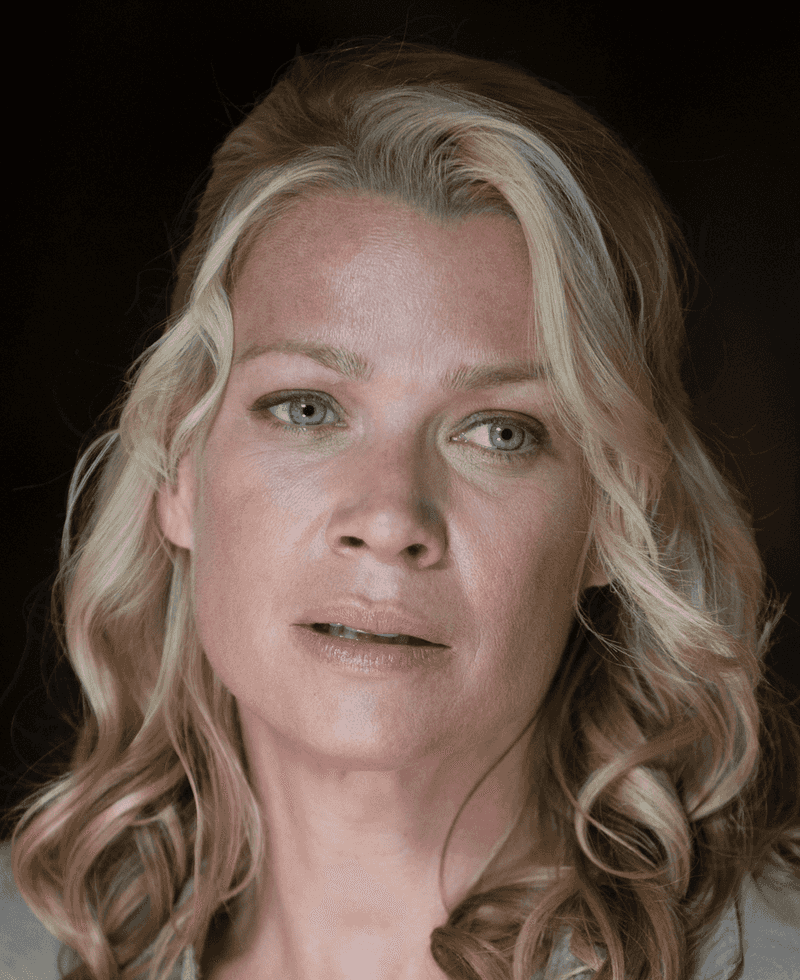
Few characters have inspired as much viewer frustration as Andrea Harrison. Beginning as a promising survivor with a strong moral compass, her character trajectory took bewildering turns that left audiences shouting at their screens in collective disbelief.
Her defining misstep—forming a relationship with the Governor despite abundant red flags—became emblematic of poor decision-making in horror scenarios. Andrea’s stubborn refusal to see the truth about Woodbury and its leader, even when warned by trusted friends, pushed viewer patience beyond breaking point. Laurie Holden portrayed Andrea’s conflicted loyalties convincingly, but the writing undermined the character’s established intelligence.
The death scene—trapped with a turning zombie after a series of preventable mistakes—felt like the culmination of a character arc defined more by plot convenience than consistent characterization.
13. Scrappy-Doo (Scooby-Doo)
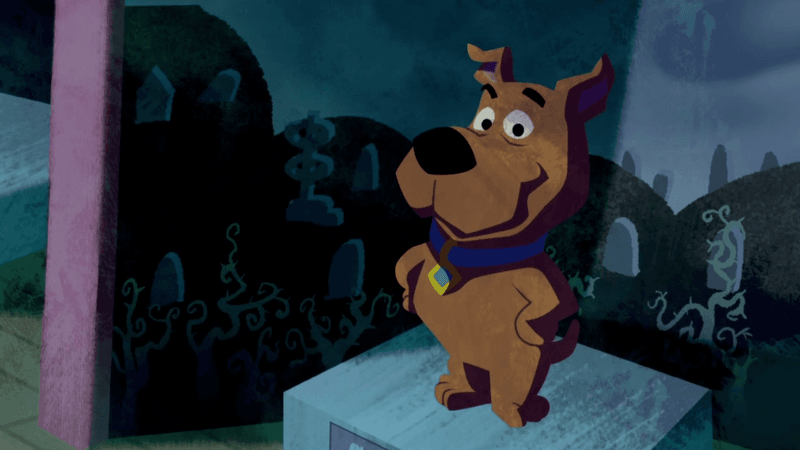
“Lemme at ’em! Lemme at ’em!” These fighting words from a puppy one-quarter Scooby’s size launched one of animation’s most universally disliked characters. Introduced in 1979 to boost falling ratings, Scrappy-Doo instead became the poster child for unwanted additions to established shows.
His brash personality and catchphrases (“Puppy power!”) directly contradicted the cowardly charm that made the original series work. Where Scooby and Shaggy’s fear created comedy, Scrappy’s misplaced bravado felt grating and one-dimensional, disrupting the show’s established dynamic.
The character’s unpopularity became so legendary that the 2002 live-action Scooby-Doo movie made him the villain, acknowledging decades of viewer animosity. Scrappy now represents a particular kind of failed character addition—so reviled that “The Scrappy” became TV Tropes’ term for any newcomer who ruins a beloved show.
14. Dawn Summers (Buffy the Vampire Slayer)
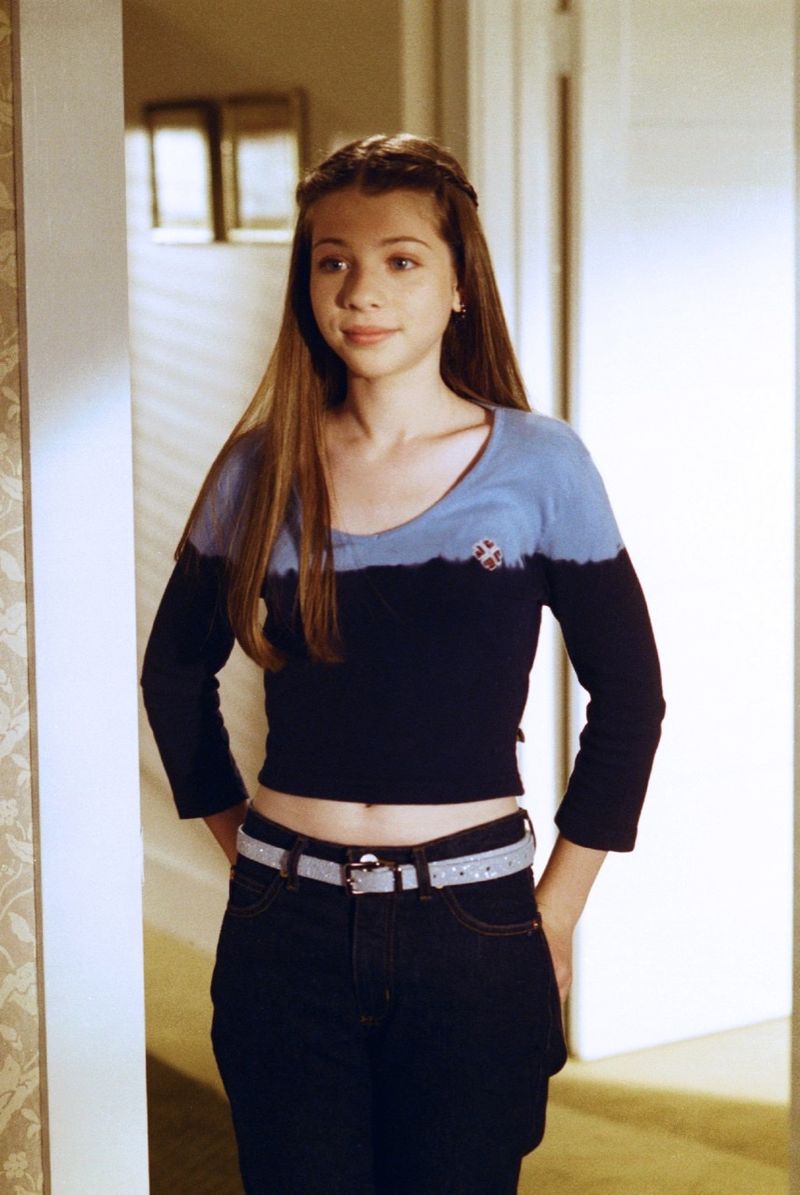
Appearing suddenly in season five as Buffy’s never-before-mentioned younger sister, Dawn Summers faced an uphill battle for viewer acceptance. Her introduction via mystical plot device—complete with magically implanted memories—felt jarring to fans who had followed the Summers family for four seasons.
Dawn’s character traits didn’t help her cause. Written as a typical annoying younger sibling, her constant whining, diary-snooping, and habit of getting kidnapped (earning her the fan nickname “Danger-prone Dawn”) made her scenes feel like unwelcome detours from more compelling storylines.
Michelle Trachtenberg capably portrayed teenage angst, but the writing rarely gave Dawn opportunities to grow beyond her initial characterization. While later seasons attempted to develop her character, first impressions proved lasting—Dawn remains shorthand among fans for unnecessary additions to established TV families.
15. Marie Schrader (Breaking Bad)
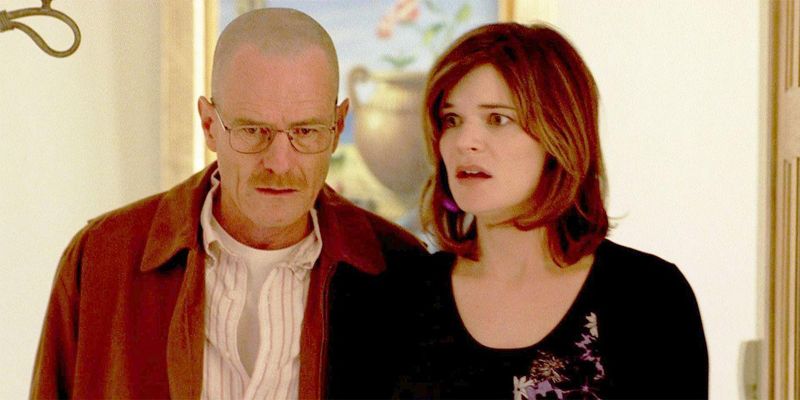
Breaking Bad’s Marie Schrader elevated the nosy sister-in-law trope to new heights of viewer irritation. Her combination of kleptomania, purple obsession, and constant meddling made her presence in scenes a reliable signal that tension was about to increase—rarely in productive ways.
Marie’s particular talent was making difficult situations worse through unsolicited advice and moral judgment. Her relationship with husband Hank provided humanizing moments, but her interactions with Skyler often devolved into lectures and passive-aggressive comments that tested viewer patience.
Betsy Brandt brought nuance to what could have been a one-note character, especially during Marie’s later confrontations with Walt. Still, her earlier seasons established her as the character viewers least wanted to see walk into a room—the ultimate backhanded compliment for an antagonistic supporting role in one of television’s most acclaimed dramas.

Comments
Loading…